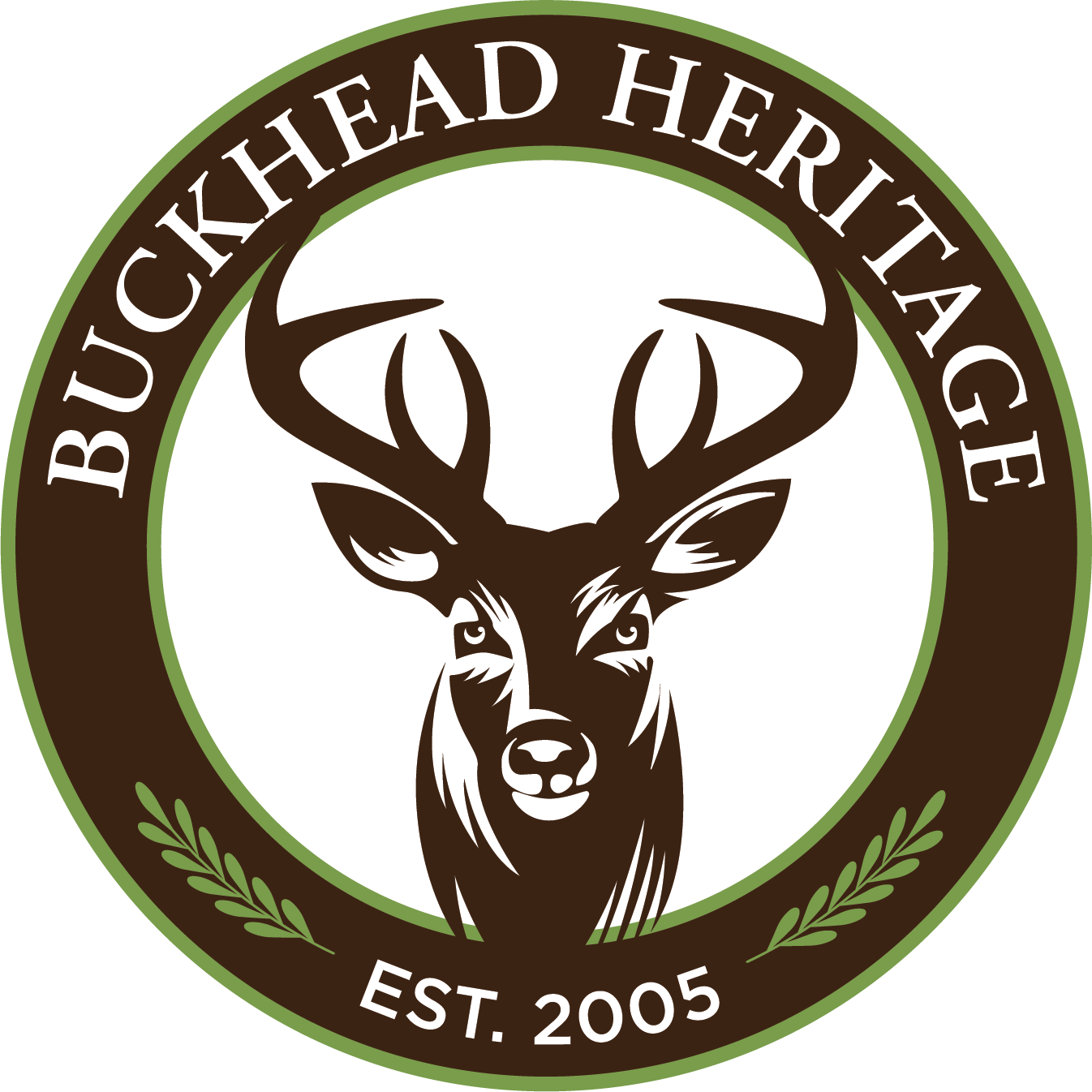History:
In 1912, Columbus and Callie Johnson, an African American couple, purchased property at the site of the failed Peachtree Park Subdivision, a venture undertaken by the Suburban Land Improvement Company in 1890. The property was located along what became Railroad Avenue (near what is now East Paces Ferry Road) and Oak Valley Road. According to oral history interviews, the couple’s son Willie Johnson was a carpenter and built many of the homes in the area that became known as Johnsontown. The community developed as a result of “the need of upper-income white communities for domestic and other manual labor. With the opportunity for steady employment, blacks moved from the inner-city to the outlying enclave of modest houses, which soon became filled with the homes of maids, yardmen, car hops, and chauffeurs.”
The houses in Johnsontown were modest and included hipped-roof cottages, shotgun dwellings, and bungalows. The community eventually also included the Zion Hill Baptist Church, the Carter Elementary School, Walker’s Grocery Store and Restaurant, and a “juke joint.” According to an oral history account, there was also a “moonshine house” on the north side of what was then Railroad Avenue during prohibition.
Johnsontown was bordered on the south by the tracks of the Southern Railway, on the east by undeveloped land, on the north by Wright Avenue, and on the west by Lenox Road from the railroad line north to Railroad Avenue and by Oak Valley from beyond Railroad Avenue to Wright Avenue. The total size of the community according to a 1971 report was 9.2 acres.
Beginning in 1968, MARTA proposed that a rapid transit station be located immediately south of Johnsontown. Its plan also called for 1165 parking spaces to be located in the area of Johnsontown, which would ultimately require that the buildings in the community be purchased and demolished. The extension of East Paces Ferry Road from Lenox Road to East Roxboro Road, as called for in plans by the City of Atlanta, also required the purchase of 10 buildings, including the store and church.
Remnants:
No physical remnants of the Johnsontown community exist at the site where the community once thrived. However, an extensive archaeological study of the neighborhood was conducted in the 1980s and several oral history interviews were collected. The artifacts are part of the Atlanta University Center’s collections. The oral histories are part of the Auburn Avenue Research Library’s archives.
Sources:
The History Group, Inc., “The Archaeology of Johnsontown,” 1981.
The History Group, Inc., “A Community History of the Johnsontown Neighborhood,” 1981.
